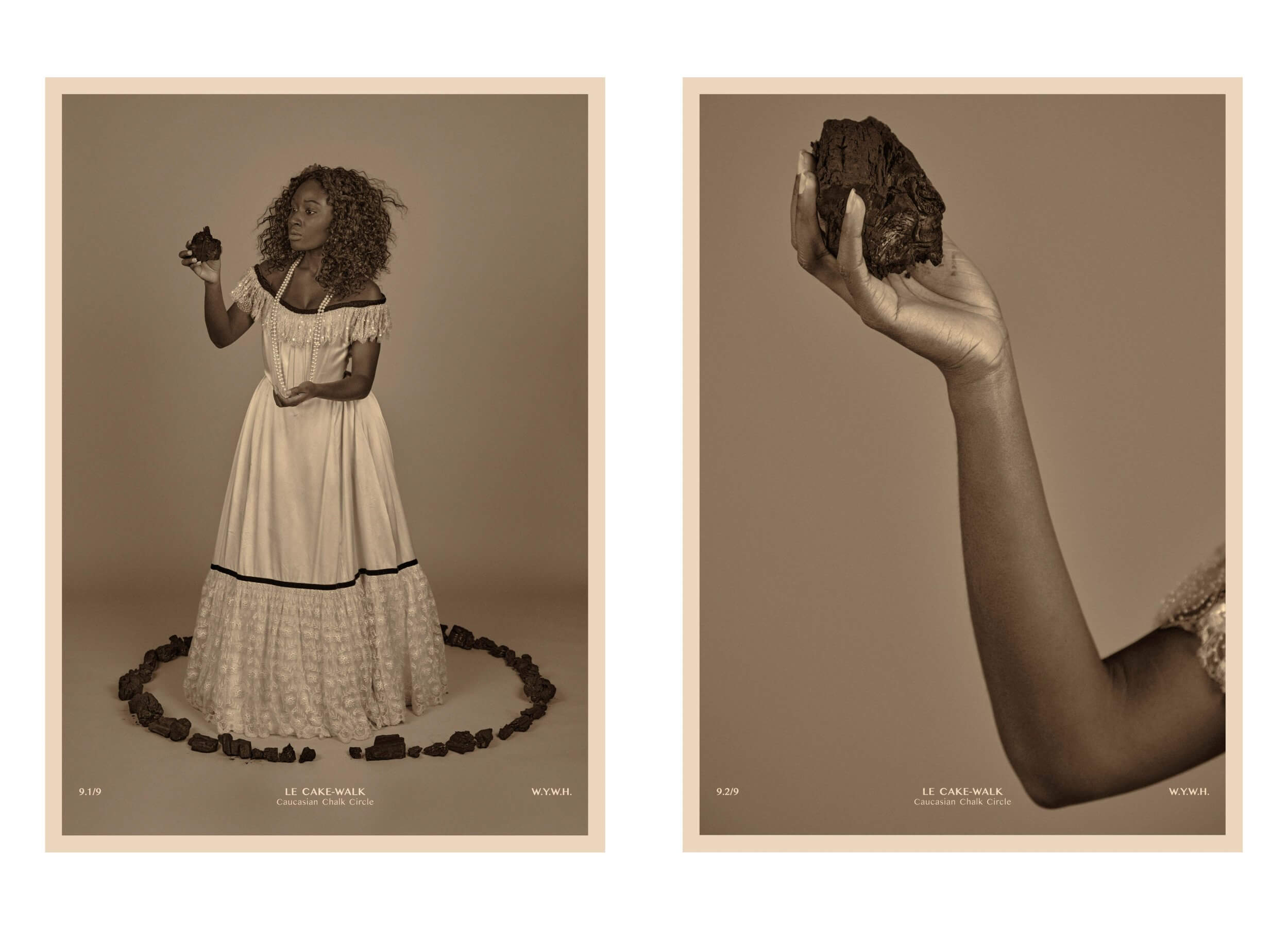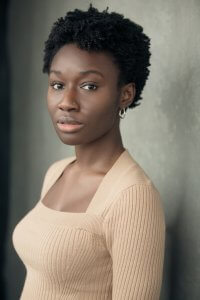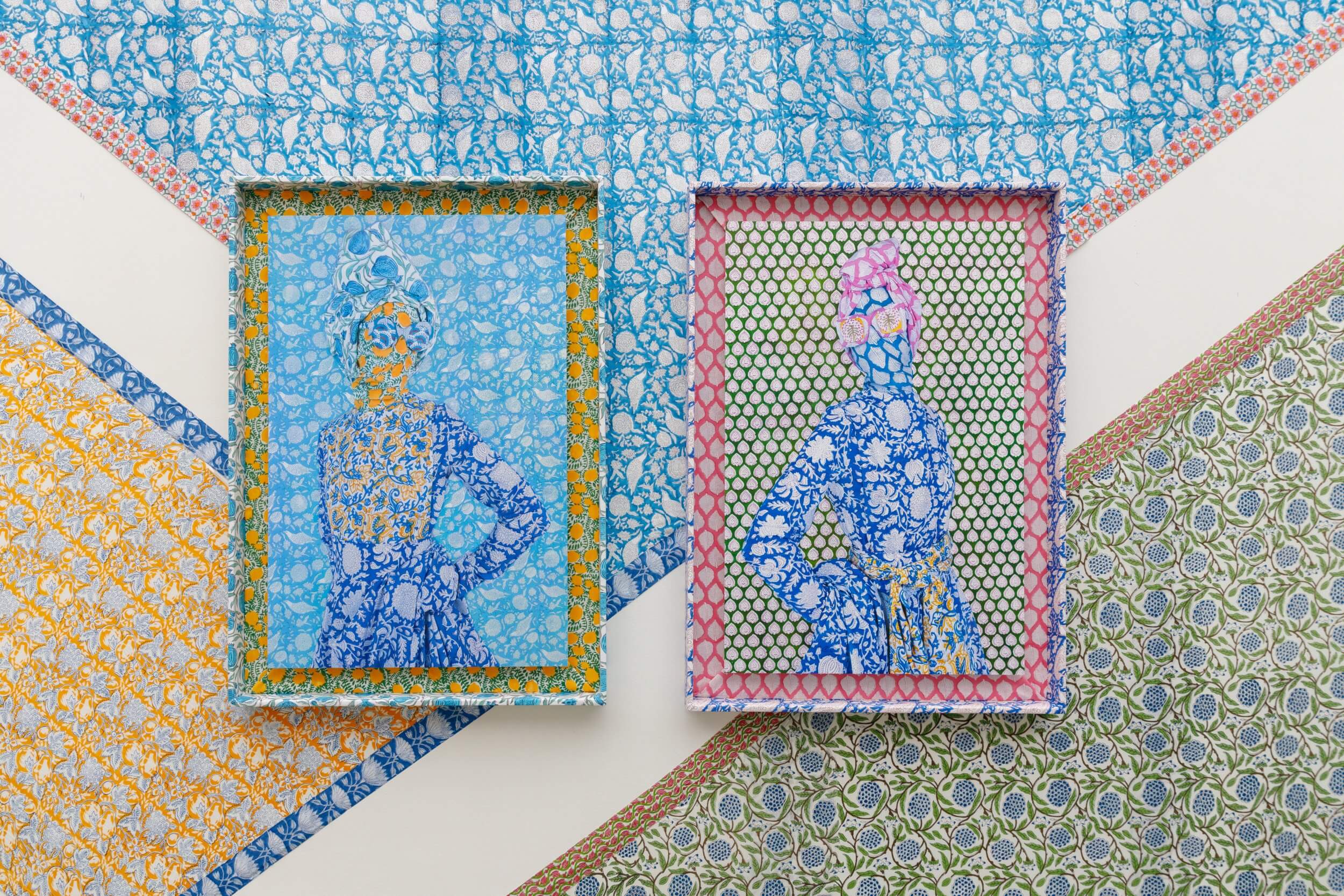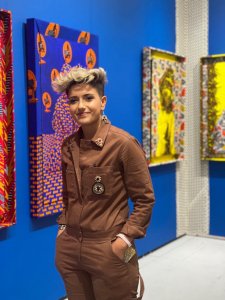Heather Agyepong and Alia Ali announced as Nikon Ambassadors
Today Nikon reveal Heather Agyepong and Alia Ali will be joining their impressive Ambassador programme. The two photographic artists, who were both successful in the 2021 Photo London x Nikon Emerging Photographer Award, will work with Nikon to provide insight into their photographic journey, share their expertise and inspire others to reach their creative potential.

© Heather Agyepong
To mark the announcement, Nikon asked both photographers a number of questions. First up is Heather:
How did you get into photography?
When I was 19 I picked up a camera and it started to become a therapeutic tool for me to understand myself better. A year later I realised I was actually good at it. I realised how powerful image-making could be.
Who and what inspires you with your work?
My work always centres around mental health and making the invisible visible. I’m inspired by the work of Joy Gregory, Lina Iris Viktor, John Akomfrah & Rosy Martin.
How did you feel when you were invited to become a Nikon Europe Ambassador?
What an incredible opportunity to be part of such a prestigious community. The work and ethos Nikon are developing to make an inclusive and diverse ambassadorship is a real privilege to be a part of.
What is it like to shoot with your current kit?
I am shooting with the Nikon Z 7II and it has been a dream. I shot my new self portrait series ‘ego death’ on it. It was really easy to use especially with someone with dyslexia.

Visual artist & performer Heather Agyepong, who is represented by James Hyman Gallery, won the Photo London x Nikon Emerging Photographer Award in 2021 for her project Wish you were here, which focuses on the work of Aida Overton Walker, the celebrated African American vaudeville performer who challenged the rigid and problematic narratives of black performers. Agyepong embodies Overton Walker as a guide, ancestor and advocator. The series uses satirical commentary and depictions of radical self-worth to disrupt the roadblocks affecting our collective mental health. The project was commissioned by the Hyman Collection.

In Collective Rise, an immersive installation by Alia Ali, z33 Contemporary Museum of Art and Design, Hasselt, Belgium, 2022. (photo by Selma Gurbuz)
Alia was next to step into the spotlight.
How did you get into photography?
I grew up in a culture where the camera was considered a weapon and the act of photography a threat, which divided and created east and west. It was a tool that drew a barrier between those who had power to define a gaze, and those from whom that power was removed. Eventually I realized that the camera, like many things, is what one makes of it. I began to rethink and redefine the roles we play as photographers, sitters, viewers. My practice strives to create a balance of power among the various roles engaged in the making of a photograph. I always consider how to make a photograph, rather than “take it” or worse “capture”.
Who and what inspires you with your work?
I’ve always been drawn to those whose photographs engage elements of mystery, curiosity and room to imagine. There is an entire legacy of photography that I don’t see myself, my society, or my histories (as I see it) reflected in; however this legacy informs how I intentionally choose not to make photographs. Once the camera became accessible to immigrants, people of color, and those of the global east and south, I started to understand that it also has the potential as a way of speaking through image as a powerful mode of storytelling. Suddenly I saw myself reflected in them.
How does it feel to be a Nikon Ambassador?
I’m thrilled and excited to join a family of photographers and visionaries. I look forward to sharing thoughts, experiences and ways in which younger photographers can rethink the language around the camera and the roles we play.
Lastly, what are your top photography tips?
- Every mistake is worth looking at closer- it’s an opportunity to learn, but it is also an opportunity to create. What we consider a mistake is sometimes a new way of thinking and producing something compelling, brave and creatively unique.
- If you’re not nervous or feeling anxious about presenting new work- then it’s not ready.
- As an artist, never underestimate time in which you are not “making.” It is essential to make time for observing, engaging and most importantly processing. Sometimes we release our projects because we are “working” through them- as though we are arriving. Make sure that you have learned first, and with that clarity you can present those questions to the audience and engage in dialogue.
- Don’t assume that yours is the truth. Photography and art is about the possibilities of multiple truths all at once- it is not law – it is reflection, exchange and layered perspectives in dialogue.
- Make a photograph- don’t take it. Engage your sitters, don’t capture them. Raise questions with your work and leave space for your audience to form their own answers; this is just one way of how you create a dialogue rather than impose your truth.
- Write or voice record alongside your photographing. Whether it is something you choose to eventually share or not. A photograph can serve as a marker. It’s a moment which we can circle back to at multiple times in our lives. It’s an object that over time embodies multiple moments— the time it was made, and all the other times that it is revisited. Our journals or notes become mirrors of our personal growth, the expansion of our own lenses, and continued layering of our individual and collective identities and experiences.

Alia Ali (Arabic: عاليه علي // Sabean: |) is a Yemeni-Bosnian-US multi-media artist. A child of migrant linguists, Ali has traveled to sixty-seven countries, lived in and between seven, and grown up among five languages. Her migrations have led her to process the world through interactive experiences and the belief that the damage of translation and interpretation of written language has dis-served particular communities, resulting in the threat of their exclusion, rather than a means of understanding. As an artist who exists on the borders of identifying as West Asian, Eastern European, a United States citizen, queer, culturally Muslim yet spiritually independent, her work explores cultural binaries, challenges culturally sanctioned oppression, and confronts the dualistic barriers of conflicted notions of gender, politics, media, and citizenship. Through her practice, Ali critiques linguistics and inherited political structures and narratives, while simultaneously attempting to counter the polarization and miscommunication that imperils communities across the world, encouraging viewers to confront their own prejudices.
